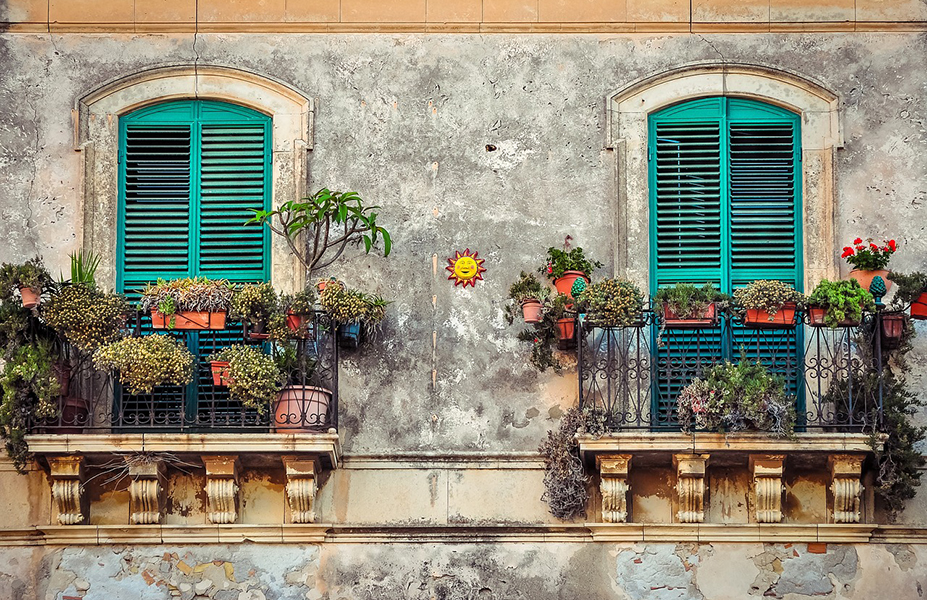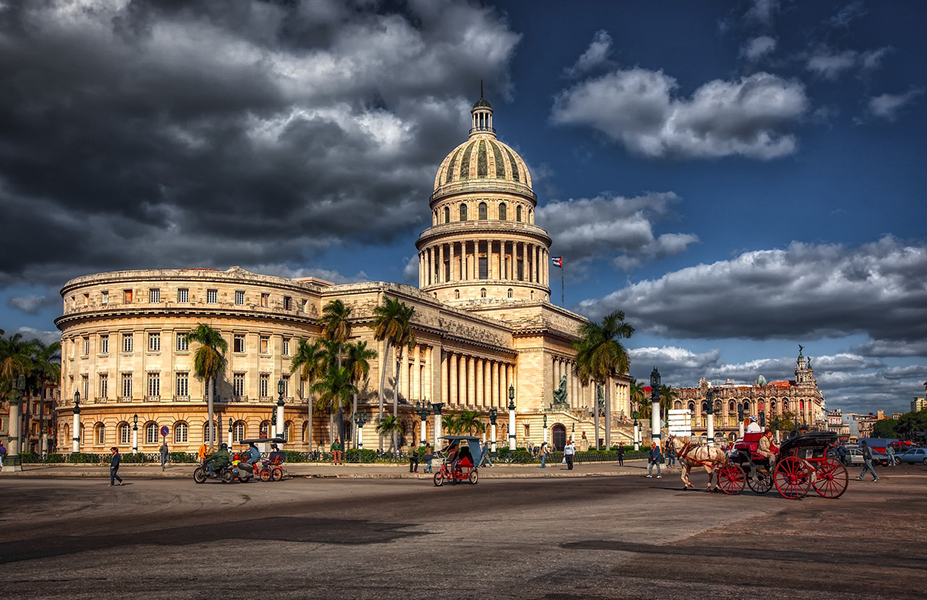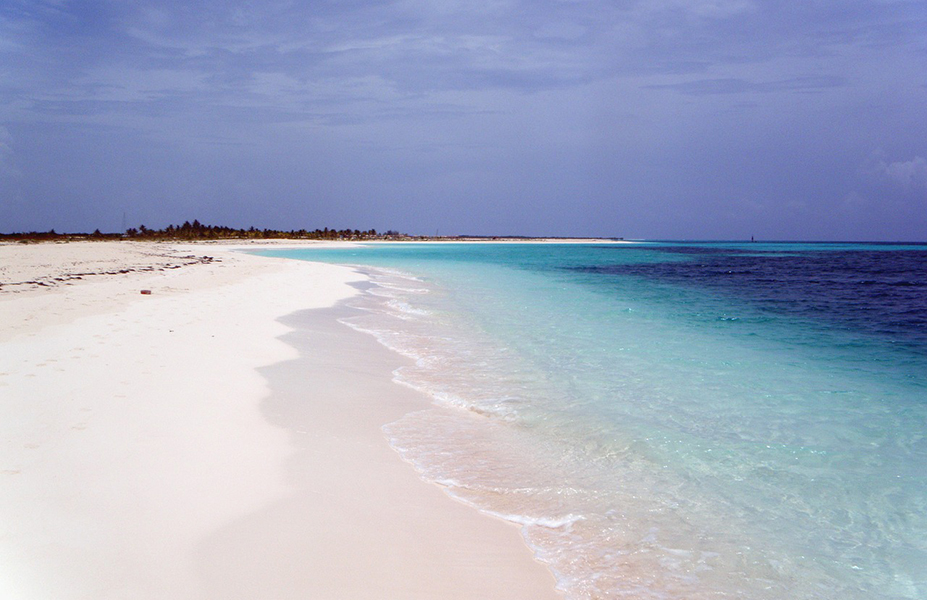Don’t miss next deals! Sign up for email alerts.
Subscribe to #carribean alerts »
Currency – pesos (CUC), take euros to the destination, 1 EUR = 1.1 CUC
Language – Spanish, English
Vaccine – not required
Electricity – 110 V. 60 Hz., adapter required (most hotels offer)
EMERGENCY TELEPHONES
National Police: Tel: 323 520
Medical emergency: Tel: 332 658
Cuba is a country where you can enjoy a rich culture, rum, cocktails and tobacco flavors, and unforgettable moments. Nothing can prepare you for the journey into this uncompromising and exciting experience.
Cuba is a green emerald immersed between the Caribbean Sea, the Gulf of Mexico and the Atlantic Ocean. Visitors are welcomed by the impressive colonial architecture of Havana, which is the capital and tourist headquarters with an exotic and playful spirit, and the old part of the city is under UNESCO protection of world cultural heritage.
Cuba is much more than a beach and sun escape. An exciting nature, an enviable culture and an interesting history are presented in this country. For musicians, revolutionaries, lovers, for those who want to escape from Western society, the island of cigars, rum, music, old cars is the right place.
The best beaches of Cuba beaches are usually found on the north coast, occupying paradisiacal keys; while others are part of large resorts. The Island also has multiple virgin and isolated beaches, perfect to enjoy total privacy surrounded by a spectacular setting.
MAIN AREAS AND CITIES OF TOURIST INTEREST
Havana, Santa Clara, Trinidad (declared a UNESCO cultural heritage), Camagüey, Santiago de Cuba, Guama, Cienfuegos and Varadero.
DAILY LIFE
The Cuban people are hospitable by nature, they like to offer their house and their food to the visitor, but the government prefers that the people do not have contact with tourists. The difficult economic situation they are going through induces the local population to sell all kinds of things: cigars, old documents, works of art, rum, etc. in order to obtain foreign exchange. It is better not to participate in this type of business.
IN BARS
In bars it is common to find a waiter and a conductor. Spirits are very expensive, but rum is very good and is considered the usual drink, making excellent cocktails. Cuban coffee is very strong, but English coffee can be found in all bars.
TIPS
It is not usual, but it is advisable on certain occasions, especially if you are trying to get some favorable treatment. In restaurants the normal is between 15 and 20% of the amount of the note.
TOBACCO
It is the cigar paradise. You have to watch out for imitations and offers, as they can be scams.
MAJOR CITIES
Santiago de Cuba, Camagüey, Holguin, Guantánamo, Santa Clara, Bayamo, Cienfuegos, Pinar del Río, Victoria de las Tunas and Matanzas.
RELIGION
Non-religious 63.7%.
Catholics 47%.
Protestants 4%.
Santeria 2%
The state declares itself atheist. Many Catholics also practice Santeria.
HOLIDAYS
January 1st Liberation Day.
May 1 Labor Day.
July 20 Day of the Revolution.
October 10 Day of the War of Independence.
HIGHLIGHTED DATES
From July to August (Friday, Saturday and Sunday) the Havana Carnivals.
From July 15 to July 30 Carnivals of Santiago de Cuba.
From the 2nd Monday of January to February 2nd (Friday, Saturday and Sunday) Varadero Carnivals.
CURRENCY
The currency of Cuba is the Cuban National Peso (CUP). The tourist, however, is obliged to pay absolutely everything in Convertible Pesos , a currency specially designed and issued for them. It is important to know that since November 2004 the US Dollar has been banned from Cuba. Before, the tourist paid practically everything in this currency. Now, you must do it in Convertible Pesos and if you bring US Dollars to the country, a penalty of 10% of the amounts changed is applied when changing them. Therefore, it is better to bring Euros, Canadian dollars or another strong European currency.
In Cuba most common credit cards are accepted ( Eurocard, Acces, Master Charge, Visa and Diner’s Club) as long as they have not been issued by banks in the United States.
CLIMATE
Subtropical. Humid and warm, especially in summer. The dry season runs from November to April.
The Atlantic hurricane season officially begins on June 1 and ends on November 30, but the most problematic period occurs between the months of August and October.
TYPICAL DISHES
The Ajiaco: taro, sweet potato, potato, green and ripe bananas, corn, pieces of dried and salted meat. Dish of African origin.
Ajiaco Camagüeyano: Its main components are: jerky, pig’s head, young corn, taro, yams, bananas, yucca, sweet potato and pumpkin. When it is done, the Camaguey sauce is added, made with garlic, onion, bay leaf and salt.
Arroz a la Cubana: chopped beef, onion, eggs, bananas, breadcrumbs, butter, oil, salt and pepper.
Arroz con pollo: Chicken cut into very small pieces, accompanied by peas, tomatoes, ham, olives stuffed with bell pepper, green pepper, poultry stock, garlic, onion, capers, grated cheese and oregano.
Chatinos: Bananas crushed with the fist and fried in an original way.
Congrí: Rice with black beans cooked all together.
Futú: Fried bananas, grains and aromatic herbs. Dish of African origin.
Lobster enchilada: It is prepared with dry white wine, one lobster per person, tomato sauce with spices, oil, red pepper and salt.
Moros y Cristianos: Rice, black beans, salted bacon, onion, pepper, garlic, peppers and oil.
Creole beef: meat cut into small pieces, red peppers, eggs, onion, butter, green olives and sherry.
Shrimp Soup: Peeled shrimp, chopped onion, butter, cloves, tomatoes, bay leaf, chopped apples, milk, fresh cream and corn kernels.
LOCAL FRUITS
Coconut, pineapple, lime, lemon and bananas.
BEVERAGES
Rum, coffee, cocktails (Cuba libre, Ron coliris, Daiquiri, Mojito, Coco loco, Cuba punch).
AIR TRANSPORT
The national company is the Cuban Aviation Company. The main airports are: Havana, Santiago de Cuba and Camagüey. To move around the interior of the country, the plane is recommended, whenever possible. Havana is connected daily with the following towns: Camagüey, Cienfuegos, Guantánamo, Holguín, Moa, Nueva Gerona, Santa Clara, Santiago de Cuba and Victoria las Tunas. The prices are reasonable.
MARINE TRANSPORT
For its internal communication it has a wide maritime network with 10 ports.
RAILWAY TRANSPORT
Havana is communicated by train with: Matanzas, Santa Clara, Ciego de Ávila, Camagüey, Victoria las Tunas, Bayamo, Holguín, Santiago and Guantánamo. The schedules can be consulted at Cubatur, the same station or at the Tourist Office. Getting a ticket as an independent traveler is very difficult.
TRANSPORTATION BY COACH
The bus service is very poor. These are old, ramshackle, and unpunctual and are always crowded. They are not recommended.
ROAD NETWORK
It has the best road network in all of Latin America. It can be traveled without problems, it is recommended to be careful with cyclists who usually go without light. The best road is the autoroute, which crosses the country from end to end. The traffic is very light and the rules are usually respected. At the entrance of large cities there is usually police control. Fuel is rationed, except for tourists who can buy vouchers at any Cubanautos or Habanautos delegation.
DRIVING
Driving is on the right. Top speeds are 100 km/h. on the road and 50 in town.
RENTAL CARS (We recommend reserving us in advance):
It is the most recommended way to move around the country. The company in charge of this service is HABANAUTOS SA It is advisable to book in advance.
It is recommended that those who use the services of car rental in the various agencies existing in this country read everything carefully the conditions of rent and insurance coverages corresponding before signing the contract.
Cubacar: Tel: 204 2104
Havanautos: Tel: 204 0646
TAXIS
There is a taxi service for tourists, which are reserved at the hotel’s Tourist Office. They can be rented for hours or days. It is recommended to book in advance if you rent to visit other cities. For short trips they have a taximeter.
There is another much cheaper public taxi service that can be hailed on the street. These are identified with a banner at the top of them with the word “taxi”, but it is very difficult to find one, for this reason it is advisable to take those intended for tourists. Taxi stands are called “piqueras”
Don’t miss next deals! Sign up for email alerts.
Subscribe to #carribean alerts »








